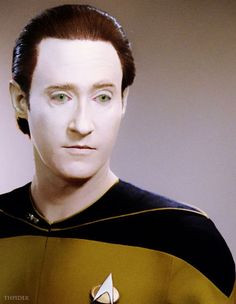
Also, energy requirements prevented large amounts of equipment from being installed. Not all systems were available to all classes small ships or ones with limited profiles like the Defiant-class only had a small choice of available systems, while large multipurpose systems such as the Galaxy-class had a large variety of subsystems.Ĭomponents also had a credit cost more advanced and elaborate systems cost more than basic ones. Additionally, one component generally depended on another for example, a shuttle could not be launched without a shuttlebay, and a powerful warp drive could not be supplied by a weak warp core. For instance, a certain mission might have required the use of a class-8 probe. The success of a mission sometimes depended on the presence or absence of a system or component. Certain systems, like engines or crew quarters, could only have one version of the component installed, while others, like sciences labs and torpedoes, could have a variety of different types and be installed in different numbers. Detailed information could be accessed concerning a particular system by selecting the "info" button. The systems were organized into main categories, such as propulsion, then into subsystems, like warp engine, warp core, impulse engine, and fusion reactor. Optional systems included shuttlecraft, weapons, and holodecks among other things.

The user had to fit the ship with a number of vital systems, such as warp drive, impulse engines, life support, and a navigational deflector. The ship was then recorded into the fleet inventory.įor the Beginner and Intermediate levels, the new ship generally came already equipped with a number of vital systems they could be further customized at the Intermediate level, but not to the extensiveness offered at the Experienced level. Once the user had chosen a satisfactory design for the ship being built, it was named and a five-digit registry number randomly assigned, or a four-digit one for the Constitution-class. This screen showed a three-dimensional representation of the ship, which could be inspected from any angle.

Typically, there were three or four different prefabricated component designs for the primary hull, secondary hull, and warp nacelles of the ship which could be combined in any fashion, although parts from different classes could not be intermixed. Upon the purchase of a ship hull, the ship whose hull had been purchased was added to the user's fleet inventory, and the user proceeded to the structure screen. Different ships cost varying amounts of "credits," the Miranda-class being the cheapest and the Galaxy-class being the most expensive. The interface was modeled after the TNG era LCARS format, with Judi Durand providing the voice of the computer.įrom this screen, a user picked a class to build, or was able to manage and refit ships already added to the fleet.

Different "logins" were also available, allowing multiple users or multiple fleets to exist without drawing on the crew pool or credits of another login. As the game progressed, more options for customizing a ship and newer missions were available. The user could start the program from one of three experience levels: Beginner, Intermediate, and Experienced.


 0 kommentar(er)
0 kommentar(er)
